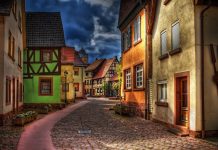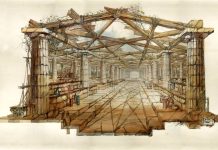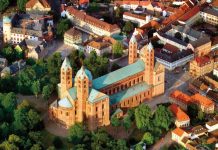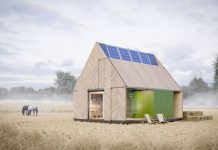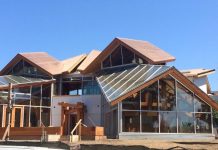The patterns of architectural composition – the artistic subordination of the “fixed” elements of the spatial whole – are replaced by others. First of all, by the relations of attractiveness and expediency of the process itself, its ultimate spiritual and aesthetic potential, which determines the place of this process or phenomenon in the moral scale of human values. And therefore allowing us to correlate this phenomenon – within the framework of the composition of the content of the medium – with its other components. Secondly, engineering and aesthetic connections, where the integrity of the result depends primarily on the efficiency of the process for which a particular device, machine or device is manufactured. Which, thirdly, has dramatically expanded the palette of means of forming an environmental composition: it now includes emotional and figurative characteristics of “extraneous” meaningful substances (sensations from the process, consumer mood, conventionality of social orientation, etc.), and material-physical and spatial categories that are outside the framework of architectural composition (spatial dynamics of the forms of the environment, mobility of light-color circumstances of their perception, etc.).
In other words, from now on, different types of composition, including extra-spatial ones, participate in the environmental composition on an equal basis: architectural, subject content, interaction of environmental processes, the “scenario” of consumer preferences of the environment, etc.
And each of these compositional structures has its own dominants, accents and axes – spatial, kinetic, meaningful, emotional-sensual, developing (including reversible) in time.
What makes environmental art, at least now, primarily an intuitive occupation: it is impossible to consciously synthesize into a whole such a large number of components, each of which is created, works and is perceived according to its own laws, which almost do not intersect with the laws of composition of other components of the environment.
This greatly complicates the problems of improving the methodology of environmental creativity: it is necessary to come up with new basic algorithms for the work of environmental design specialists. Moreover, some of the compositional spheres that generate the environmental conditions necessary for the designer are still deprived of a sufficiently proven and objectively justified methodological base and are at the mercy of regulations found empirically and fixed by tradition or the authority of the master. Moreover, each subsequent master or teacher puts forward his own concepts of comprehension of this type of creativity and approves his personal methods of achieving an artistic goal.
At the same time, it remains obvious that the key problem of any form of environmental design methodology is the technology of synthesis of “separate” compositional efforts into an artistic and figurative whole. Which implies two areas of current work:
- practical improvement of “private” compositional techniques (in architecture, design, scenography, etc.);
- theoretical identification of their common features, which allows you to understand the principles and techniques of their connection when working with the environment as a whole.
In fact, this is what happens, and in fact practice is far ahead of theory. So, it makes sense to more clearly define the tasks of the latter. Let’s name three positions that will help researchers move more confidently along their path:
- the obvious division of all visual impressions from the material and physical forms and phenomena of the environment into two-dimensional (relating to the surfaces of things and structures), three-dimensional (describing three-dimensional objects “from the outside”) and spatial (interpreting the three-dimensional world “from the inside”)]
- the fact that the new system of aesthetic interrelations between the visual components of the environment includes in the artistic result of the design – the image – all the realities of the environmental set without exception;
- the existence of “integral” finite representations of the results of compositional activity, describing their complex “formal” characteristics in the conditional terms “development”, “comparison” (enumeration) and “opposition” (contrast).


